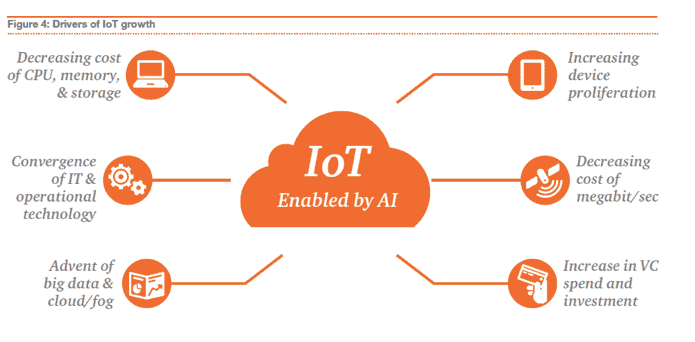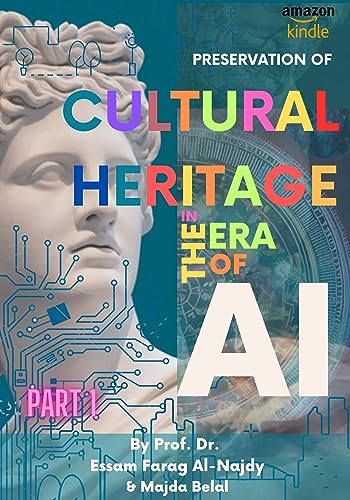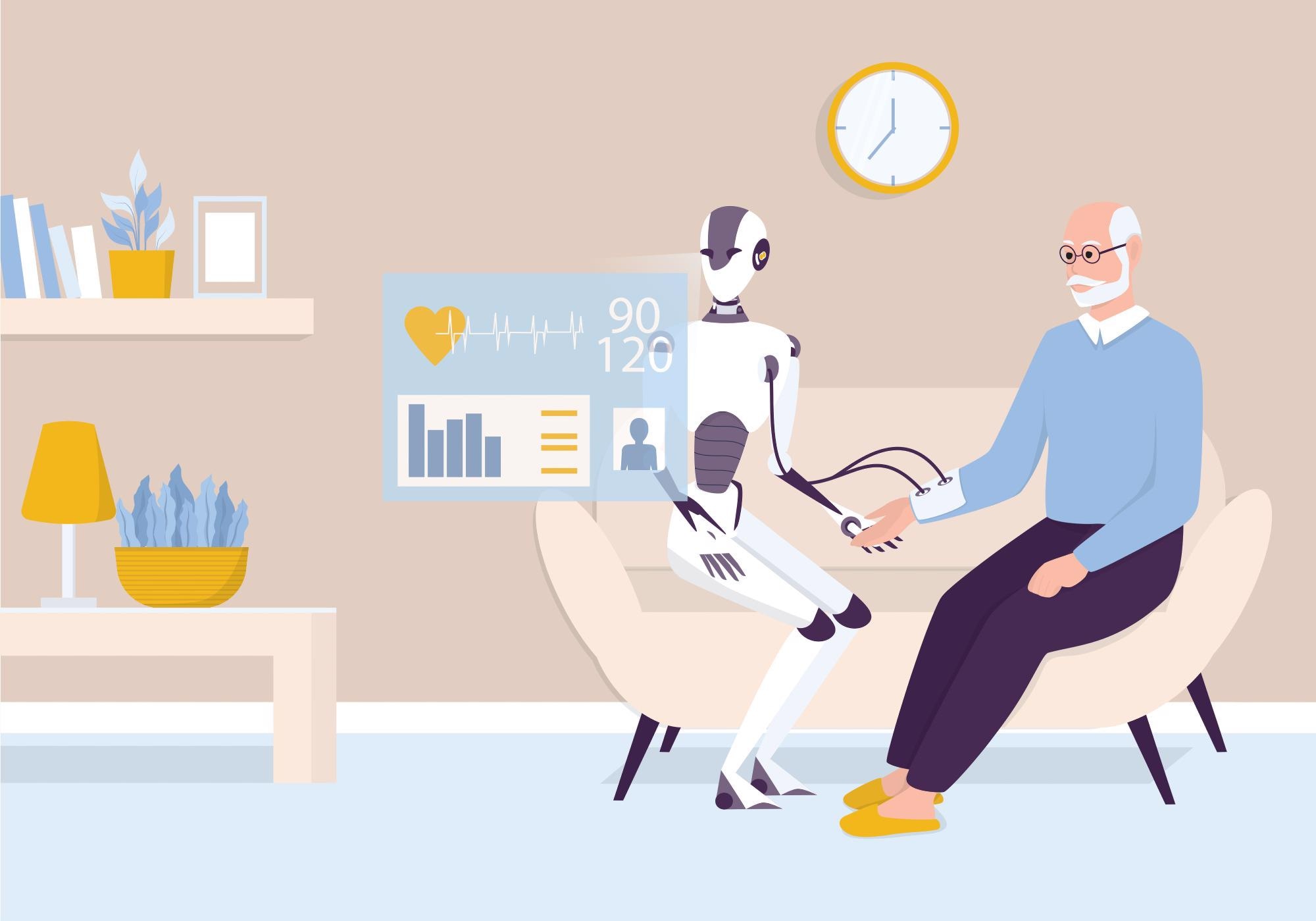In a world driven by technological advancements, two transformative forces are converging to reshape our daily lives: Artificial Intelligence (AI) and the Internet of Things (IoT). These two technological giants are merging at the intersection of innovation, giving birth to the concept of smart environments. In this blog post, we will delve deep into this fascinating synergy and explore how it is revolutionizing the way we live, work, and interact with the world around us.
The Rise of AI and IoT
Before we dive into the intricacies of their collaboration, let’s briefly review what AI and IoT are and how they have evolved.
AI: The Brain Behind Smart Environments
Artificial Intelligence, often simply referred to as AI, is the technology that empowers machines and computer systems to perform tasks that typically require human intelligence. These tasks include understanding natural language, recognizing patterns, making decisions, and learning from experience. AI algorithms are the brainpower that enables devices to process and analyze data, making sense of the vast amounts of information generated by IoT devices.
IoT: The Nervous System of Smart Environments
The Internet of Things, or IoT, refers to the network of interconnected physical devices, vehicles, buildings, and other objects embedded with sensors, software, and network connectivity. These devices collect and exchange data, creating a web of information that allows them to interact with each other and with centralized systems. IoT forms the nervous system of smart environments, enabling real-time data acquisition and communication between devices.
The Synergy of AI and IoT
The convergence of AI and IoT is a game-changer in the world of technology. It’s not just about having smart devices; it’s about infusing intelligence into these devices to make them truly smart. Here are some ways in which AI and IoT are synergizing to create smart environments:
- Predictive Analytics
One of the most powerful applications of AI in IoT is predictive analytics. By analyzing historical data from IoT sensors and devices, AI algorithms can predict future events and trends. For example, in agriculture, AI can predict the optimal time for planting and harvesting based on weather patterns and soil conditions, leading to increased crop yields. - Personalized Experiences
Smart homes are becoming increasingly sophisticated, thanks to AI and IoT integration. Imagine a home that knows your preferences for lighting, temperature, and entertainment. AI can analyze your behavior and adapt the environment to your liking, creating a truly personalized experience. - Energy Efficiency
AI-powered IoT systems are revolutionizing energy management. Smart grids can balance energy supply and demand in real-time, reducing wastage and making energy consumption more efficient. Additionally, smart thermostats can optimize heating and cooling based on occupancy patterns, saving both energy and money. - Healthcare Revolution
In healthcare, AI and IoT are working hand in hand to monitor patients’ vital signs remotely. Wearable devices equipped with sensors can collect data on heart rate, blood pressure, and other health metrics. AI algorithms can then analyze this data to detect anomalies and alert healthcare providers in real-time, potentially saving lives.
Challenges and Concerns
While the synergy between AI and IoT holds great promise, it also comes with its share of challenges and concerns. These include:
- Data Privacy and Security
As more devices become interconnected, the volume of sensitive data being generated increases exponentially. Protecting this data from cyber threats and ensuring user privacy is a top priority. - Ethical Considerations
AI systems powered by IoT data can make decisions that impact individuals and society as a whole. Ethical concerns surrounding AI, such as bias in algorithms and the responsible use of technology, need to be addressed. - Integration Complexity
Integrating AI and IoT technologies into existing infrastructure can be complex and costly. Companies need to invest in both hardware and software to reap the benefits of smart environments. - Regulatory Frameworks
Governments and regulatory bodies are still catching up with the rapid pace of technological advancement in AI and IoT. Developing appropriate regulations and standards is crucial to ensure the responsible development and use of these technologies.
The Future of Smart Environments
The synergy between AI and IoT is reshaping industries across the board. From smart cities and transportation systems to agriculture, healthcare, and manufacturing, the possibilities are boundless. As AI algorithms become more sophisticated and IoT devices more pervasive, smart environments will become increasingly integrated into our daily lives.
Imagine a world where traffic jams are a thing of the past, where energy is used efficiently, where healthcare is proactive and personalized, and where your home anticipates your every need. This is the future that AI and IoT are paving the way for.
In conclusion, the intersection of AI and IoT is creating smart environments that promise to enhance our quality of life, drive efficiency in industries, and open up new frontiers of innovation. However, it’s crucial to navigate the challenges and concerns associated with these technologies responsibly. As we move forward, it’s essential to strike a balance between the incredible potential they offer and the ethical and security considerations that come with them. The future is indeed smart, and it’s up to us to make it smarter.





